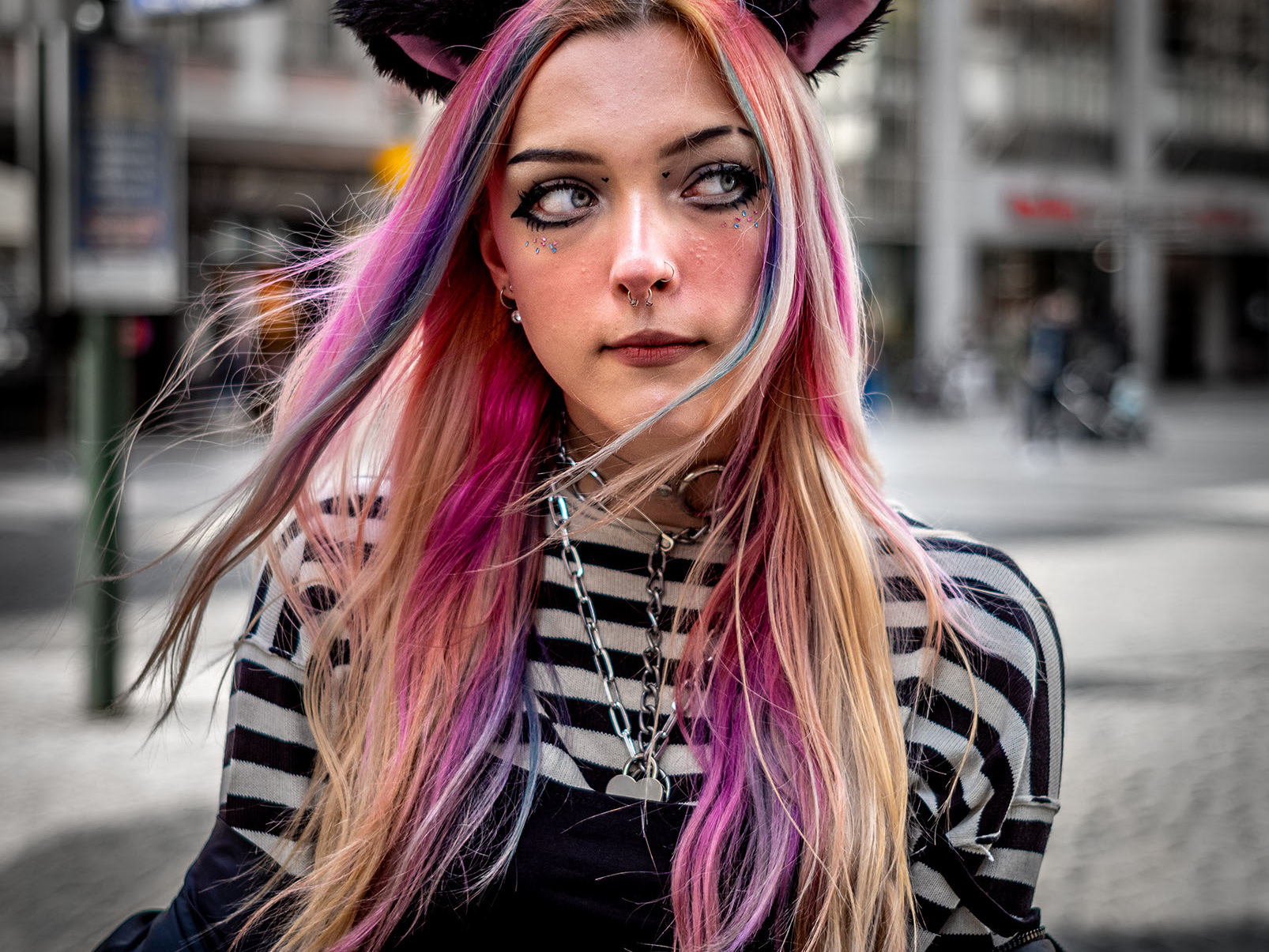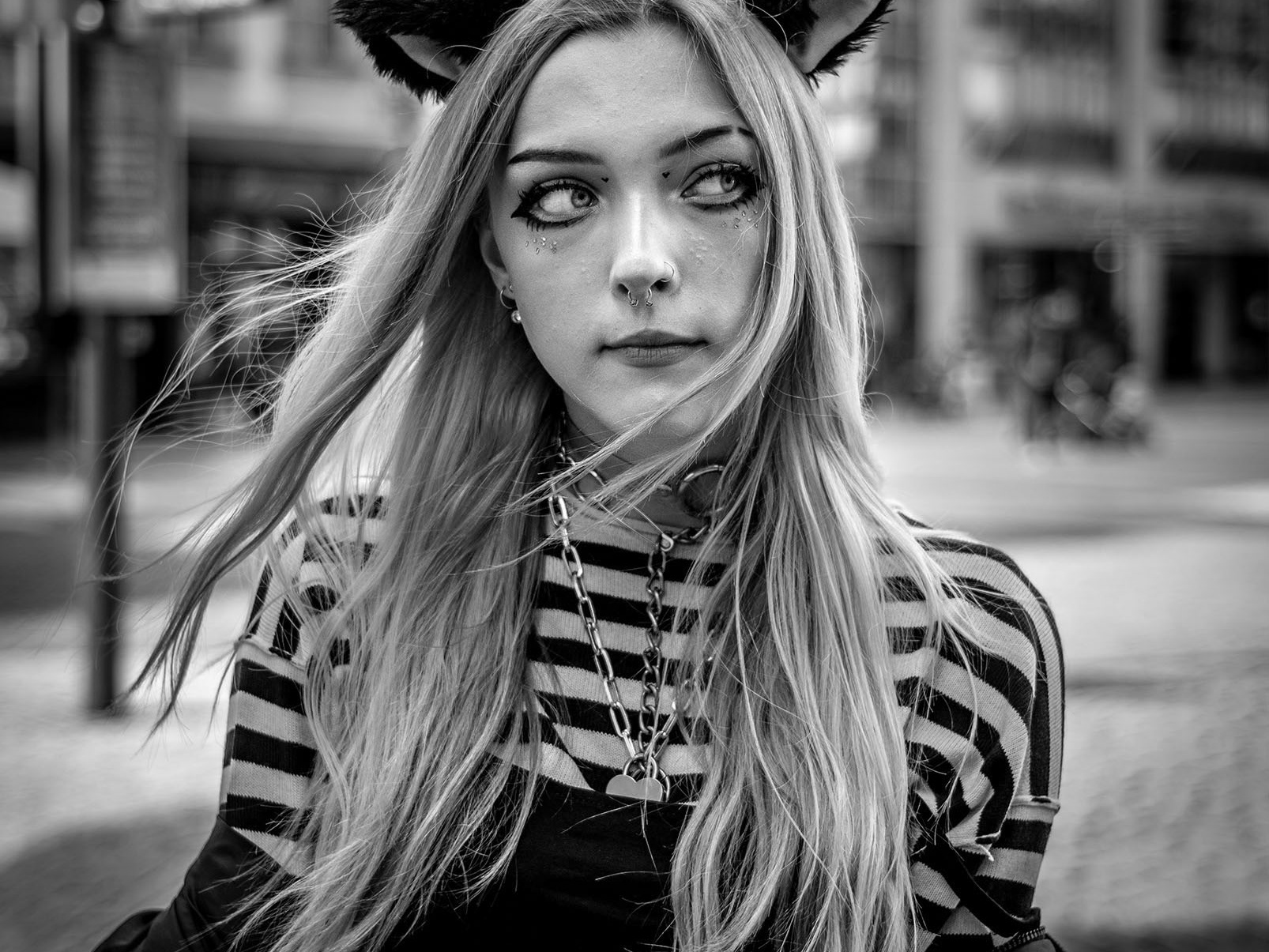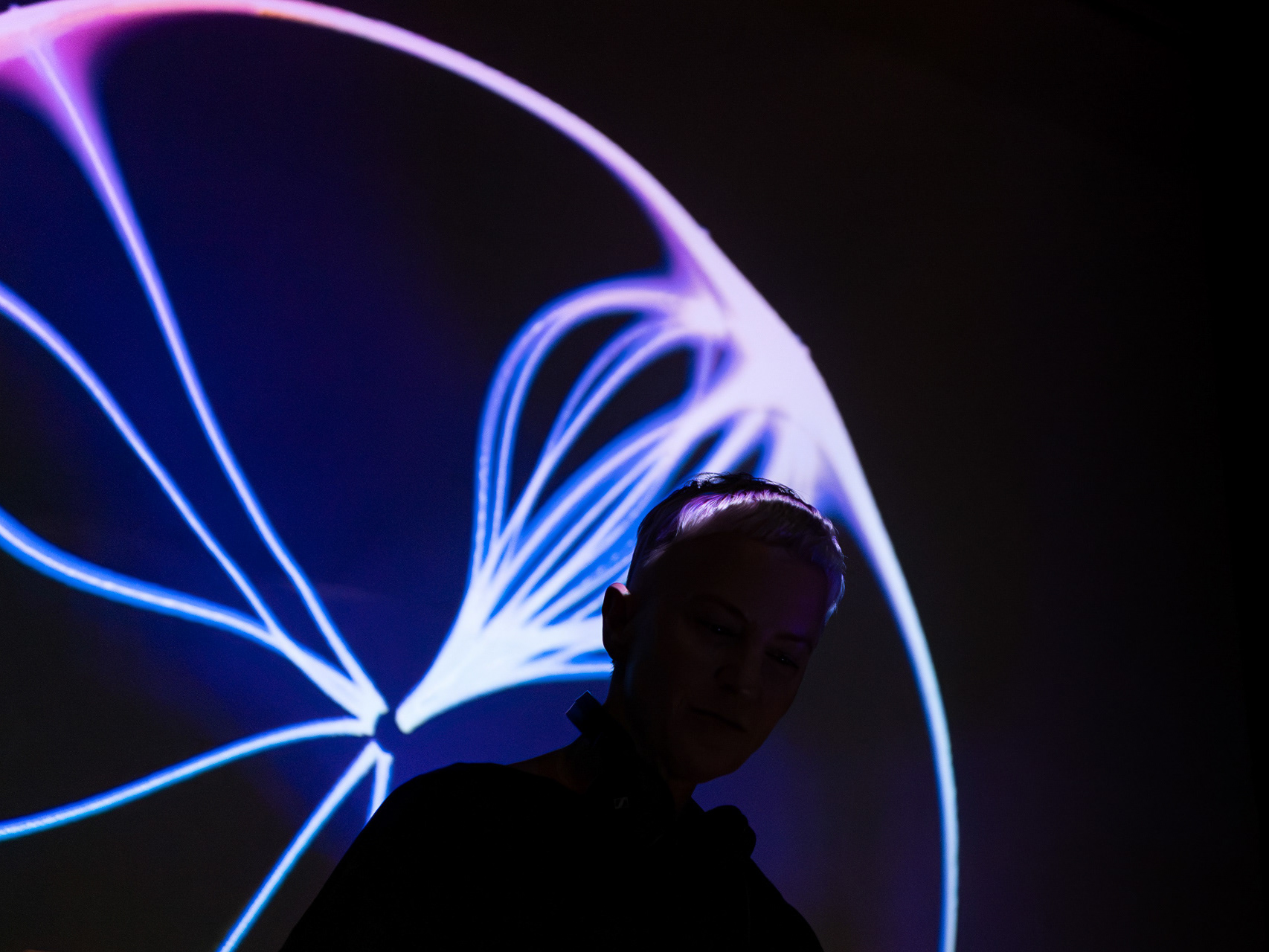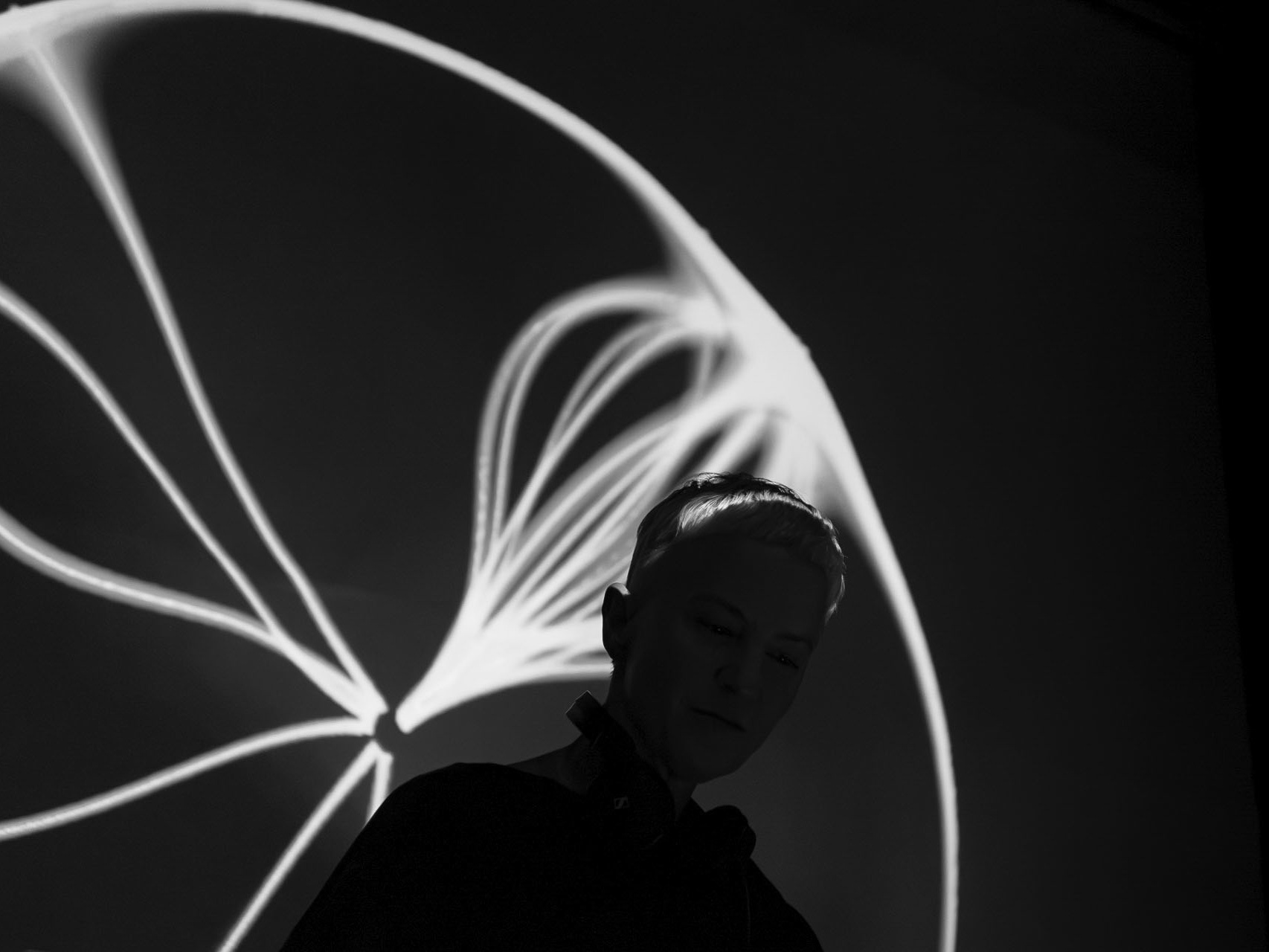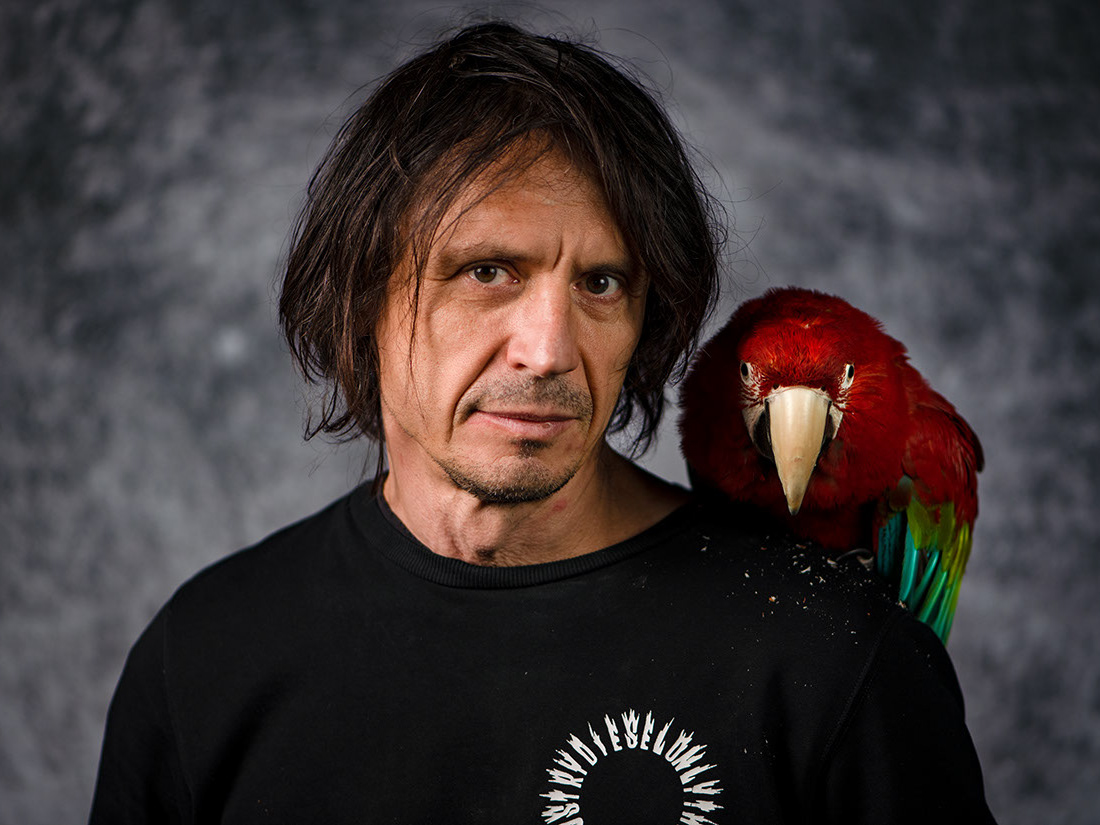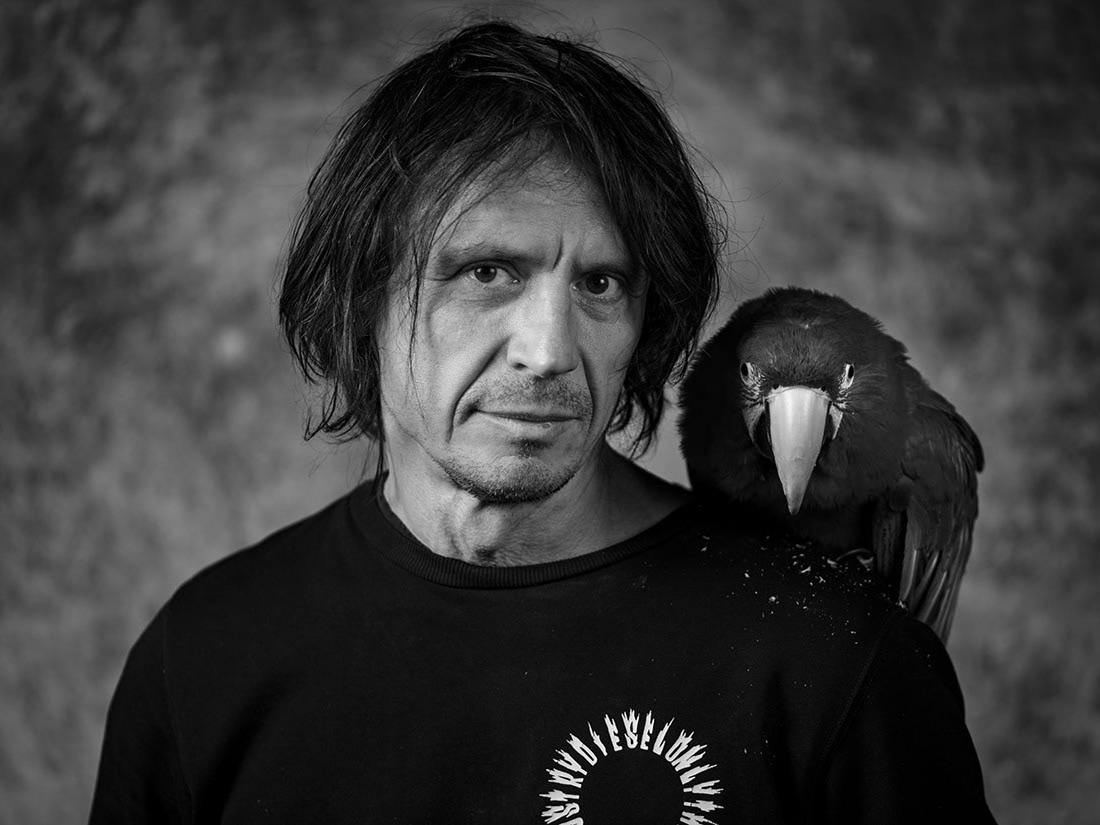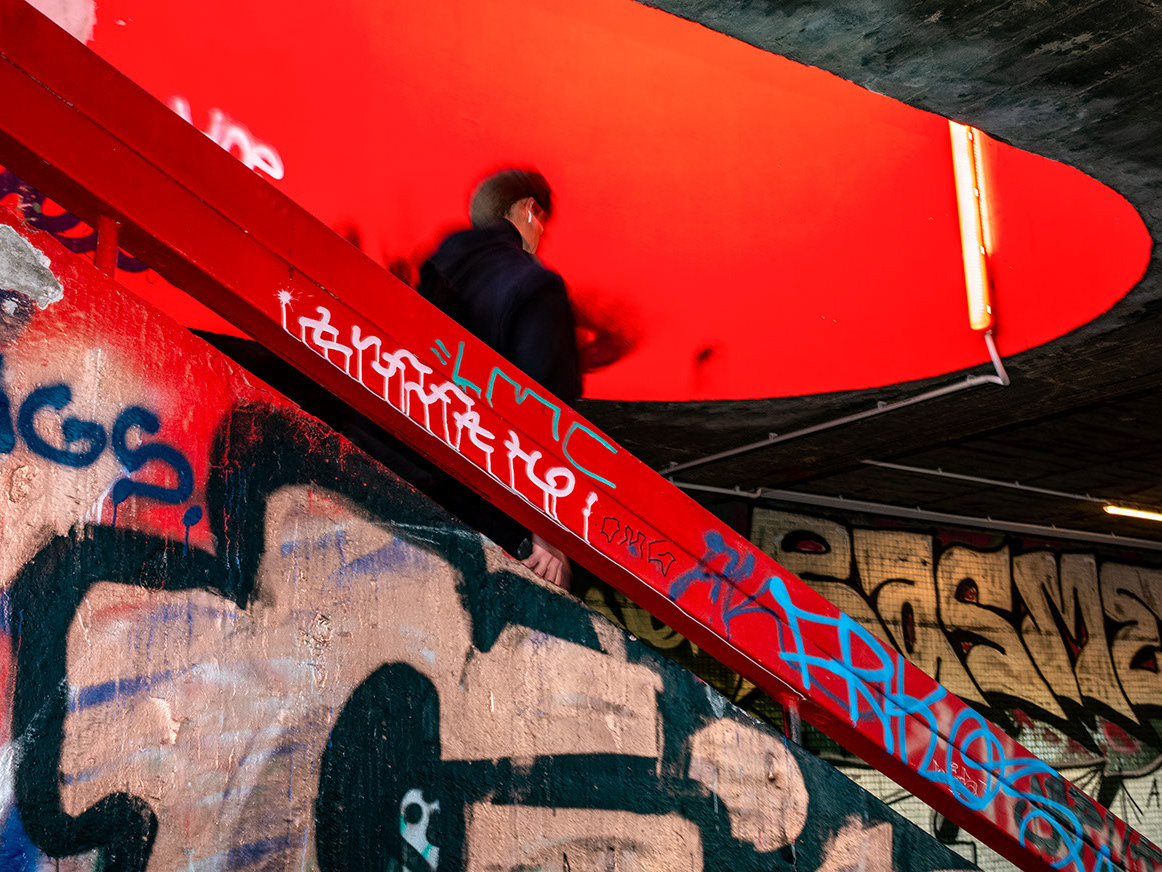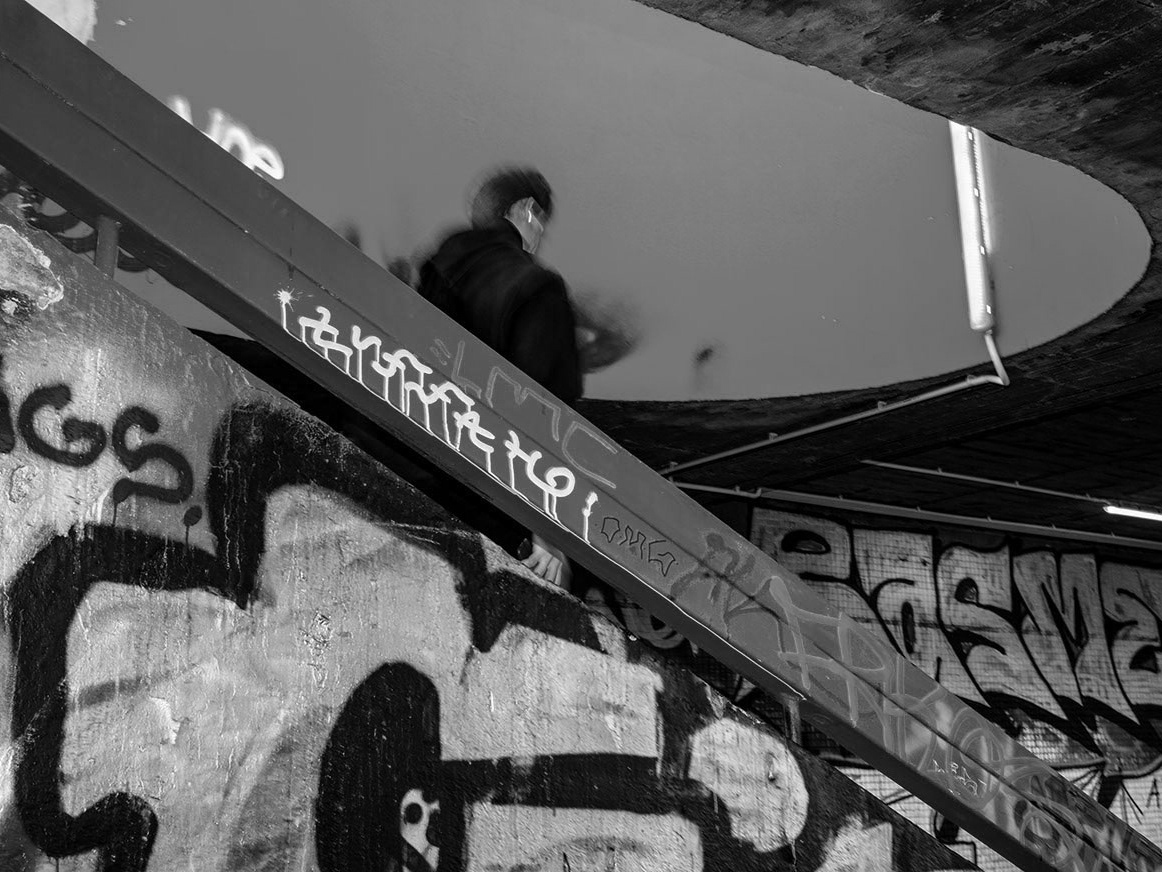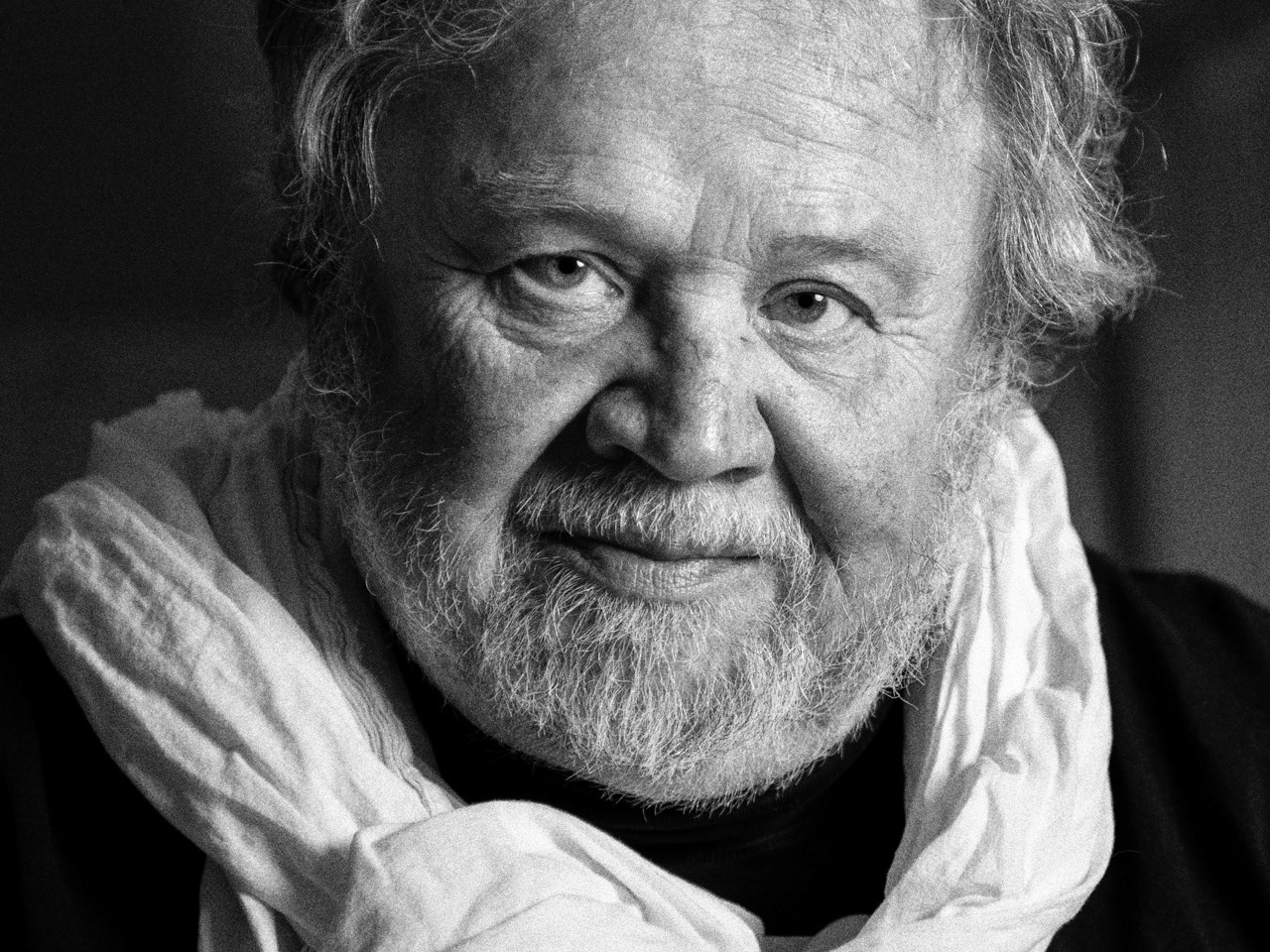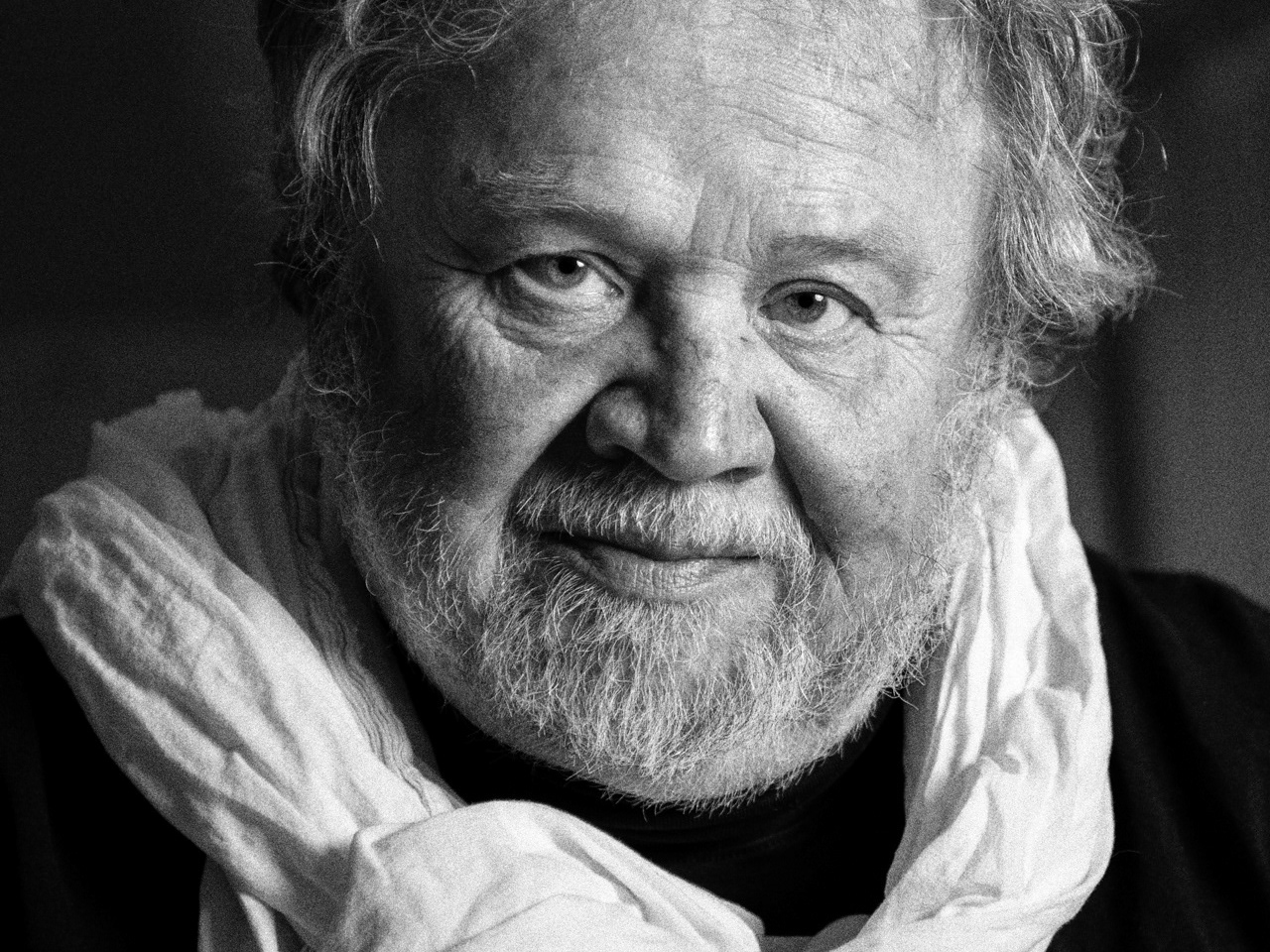Prague is a vibrant metropolis visited daily by hundreds of tourists eager to explore its magnificent sites, where they can momentarily transport themselves to the Gothic or Baroque era, embrace the freedom of a multicultural atmosphere, and return home after a few days filled with experiences. Yet, those who slow down and revisit the same places more frequently may notice solitary figures with sorrowful gazes amidst the bustling streets—sitting on benches, searching for leftover food in trash bins, or pleading for alms from indifferent passersby. Their entire possessions fit into a plastic bag, and they survive thanks to charitable organizations and the kindness of strangers. Before night falls, they must find a place to endure the cold. The street is their home. It is not fate that has led them to a life on the streets. It is the influence of the environment in which they grew up, the wrong choices that steered them down the wrong path, or a weak will unable to resist alcohol, drugs, or gambling, which stripped them of everything they once had. Each person has a story—whether true or fabricated—a personal confession of their life. They are often surprised when someone shows interest in them, willing to listen. After overcoming their initial hesitation, many are eager to share their story in exchange for a few coins, a meal, or a drink.
The project is titled "a-Men", a name that carries a dual linguistic play on words. It combines the English word "Men" placed against the rules of grammar with the indefinite article. Just as this usage defies grammatical conventions, these individuals defy social norms. Without the hyphen, the name transforms into the liturgical term "amen", which in colloquial speech can also be interpreted as "it’s over for them", drawing from the conclusive meaning of "amen" at the end of prayers. In this sense, the title "a-Men" poses the question—does it truly have to be the end for them? This series of portraits tells the life stories of people living on the streets of Prague, captured during the COVID-19 crisis on streets Na Příkopě, 28. října, and Wenceslas Square. Each conversation is documented through four square portraits, arranged in a sequence reminiscent of a film strip. The black-and-white presentation allows for greater focus on the facial expressions of the subjects and serves as a symbolic representation of their reality. The portrait series is symmetrically divided by a vertically composed photograph of the pavement, featuring the inscription a-Men.
Praha je pulzující metropole, kterou každý den navštíví stovky turistů, aby v chvatu objevovali nádherná místa, kde se mohou na chvíli přenést do doby gotiky či baroka, užili si svobodu multikulturního prostředí a plni zážitků se po několik dnech vrátili domů. Kdo trochu zpomalí a vrací se na stejná místa častěji, zahlédne na rušných ulicích osamocené bytosti se smutným pohledem, posedávající na lavičkách, hledající zbytky jídla v odpadkových koších nebo prosící o almužnu netečné kolemjdoucí. Veškerý majetek se jim vejde do igelitové tašky, přežívají díky pomoci charitativních organizací a darům ulice. Než se setmí, musí najít místo, kde přečkají chladnou noc. Ulice je jejich domovem. Není to osud, díky němuž žijí svůj život na ulici. Je to vliv prostředí, ve kterém vyrůstali a žili, jsou to chybná rozhodnutí, která je svedla na špatnou cestu či slabá vůle odolat alkoholu, drogám nebo hazardu, které je připravily o to poslední, co jim zbylo. Každý má svůj příběh, ať už pravdivý nebo smyšlený, který je jejich vlastní zpovědí. Jsou překvapením, když se o ně někdo zajímá a je ochoten jim naslouchat. Po prvních ostyších jsou proto za několik mincí nebo jídlo a pití ochotní se o svůj příběh podělit.
Soubor nese název „a-Men“. Je to dvojí jazyková hříčka. Spojuje anglický výraz Men – muži – proti pravidlům s neurčitým členem. Stejně, jako se použití neurčitého členu v tomto spojení vymyká pravidlům jazyka, vymykají se i i sami fotografovaní společenskému řádu. Bez pomlčky vznikne liturgický pojem „amen“, který je při použití v hovorové řeči překládán také jako „je s ním konec“, což vychází z přeneseného významu použití slova „amen“ na konci modliteb. V tomto smyslu pak má název a-Men vyvolat otázku - musí to být opravdu jejich konec? Soubor portrétů lidí ulice, vyprávějících svůj životní příběh, vznikl v Praze v době koronavirové krize na ulicích Na Příkopě, 28. října a na Václavském náměstí. Každý rozhovor je zachycen na čtyřech čtvercových portrétech, spojených do pomyslného filmového pásu. Černobílé provedení fotografií umožní více se soustředit na výrazy v tvářích fotografovaných a je určitou symbolikou jejich situace. Série portrétů je symetricky rozdělena svisle komponovanou fotografií dlažby s nápisem a-Men.
